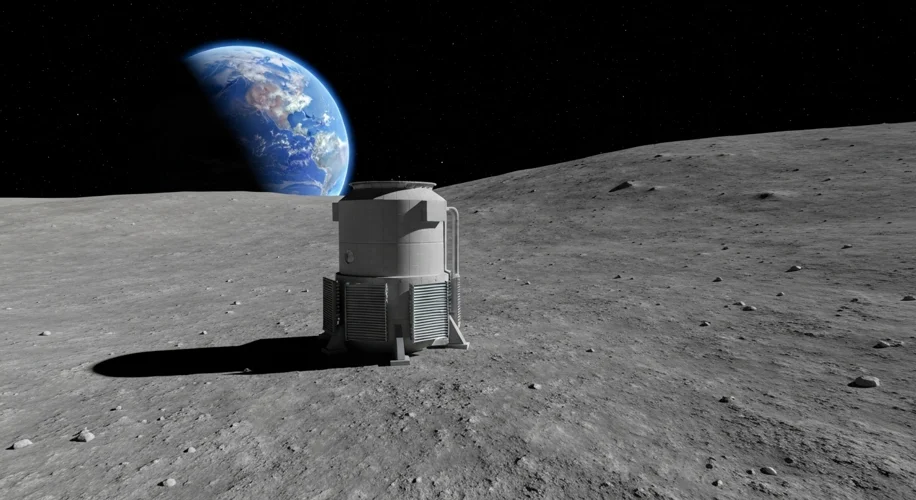Imagine this: by 2030, our Moon might have its own power plant, running on nuclear energy. NASA is seriously looking into putting a fission surface power system on the lunar surface. It sounds like science fiction, but it’s a very real goal, driven by the need for reliable, long-lasting energy for future lunar missions.
Why a nuclear reactor? Think about it: the Moon has no atmosphere to speak of, meaning solar power is limited to just one side at a time and nonexistent during the long lunar nights. Batteries and fuel cells can only go so far. A nuclear reactor, however, can generate a consistent amount of power, day and night, regardless of sunlight. This is crucial for keeping habitats warm, powering life support systems, running scientific equipment, and eventually, supporting a sustained human presence.
But choosing where to put this groundbreaking technology is a massive puzzle. It’s not as simple as picking a spot on a map. NASA is looking at a few key factors:
- Sunlight Access: Even with nuclear power, understanding sunlight is still important. Locations with predictable sunlight can help manage energy needs and potential solar augmentation.
- Potential Hazards: We need to avoid areas with extreme slopes, unstable ground, or hazards like large boulders that could complicate construction and operation. Think about landing spacecraft and setting up equipment – it needs to be as smooth as possible.
- Scientific Interest: Where are the most compelling places to do science? Some locations might offer unique geological features or resources that warrant setting up a base, and a reliable power source makes that feasible.
- Communication: Easy line-of-sight communication with Earth or other lunar assets is a must for mission control.
- Resource Availability: Could there be local resources, like water ice, that could be utilized in the future? Proximity to potential resources might influence site selection.
It’s a complex balancing act. A location that’s perfect for energy generation might be too risky for landing. A scientifically fascinating spot might be difficult to build on. NASA is working with different reactor designs, including smaller, more portable units that could be deployed by rovers. The goal is to have a system capable of generating at least 40 kilowatts of electrical power – enough to support an astronaut base.
This isn’t just about powering a few lights. It’s about enabling sustained exploration and research. A reliable power source opens the door to everything from advanced scientific experiments to potentially using lunar resources. It’s a big step towards not just visiting the Moon, but living and working there. The challenges are significant, but the potential payoff for our understanding of space and our ability to explore it is enormous.

